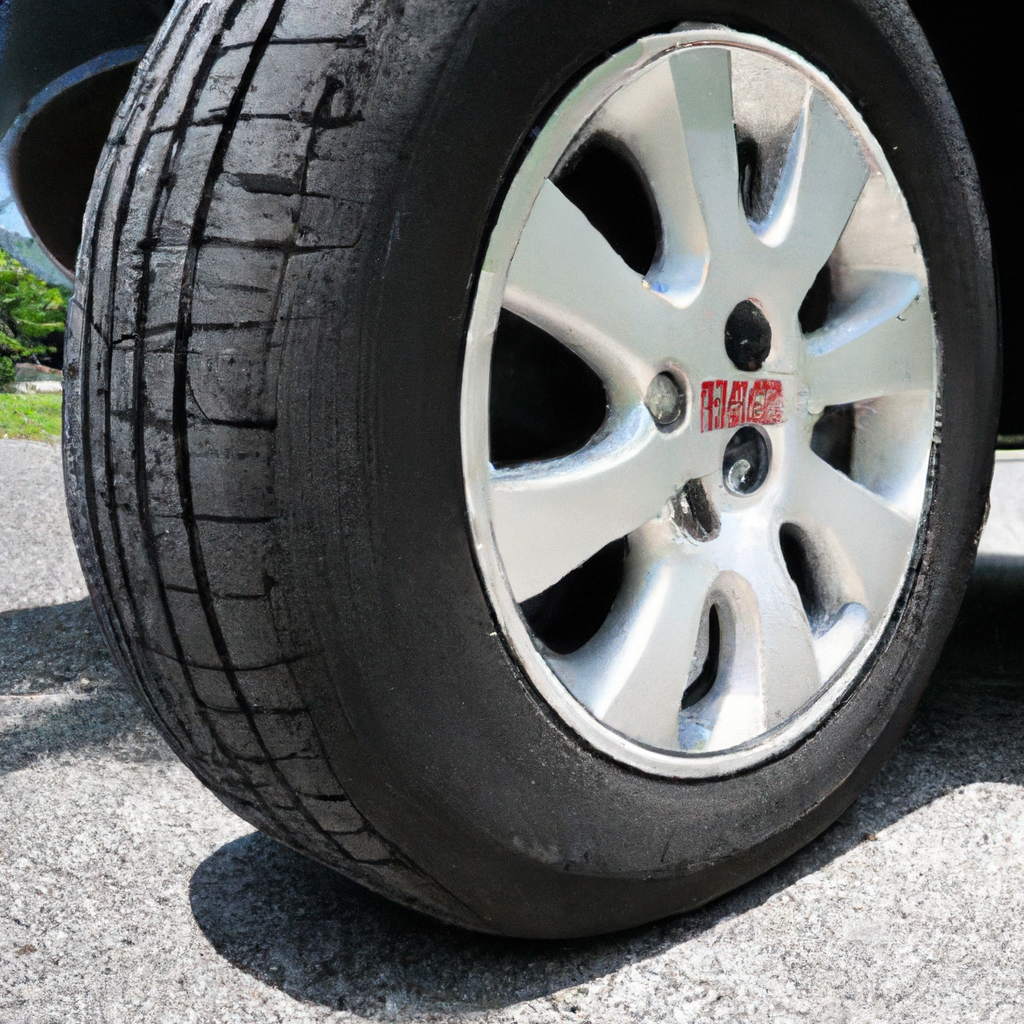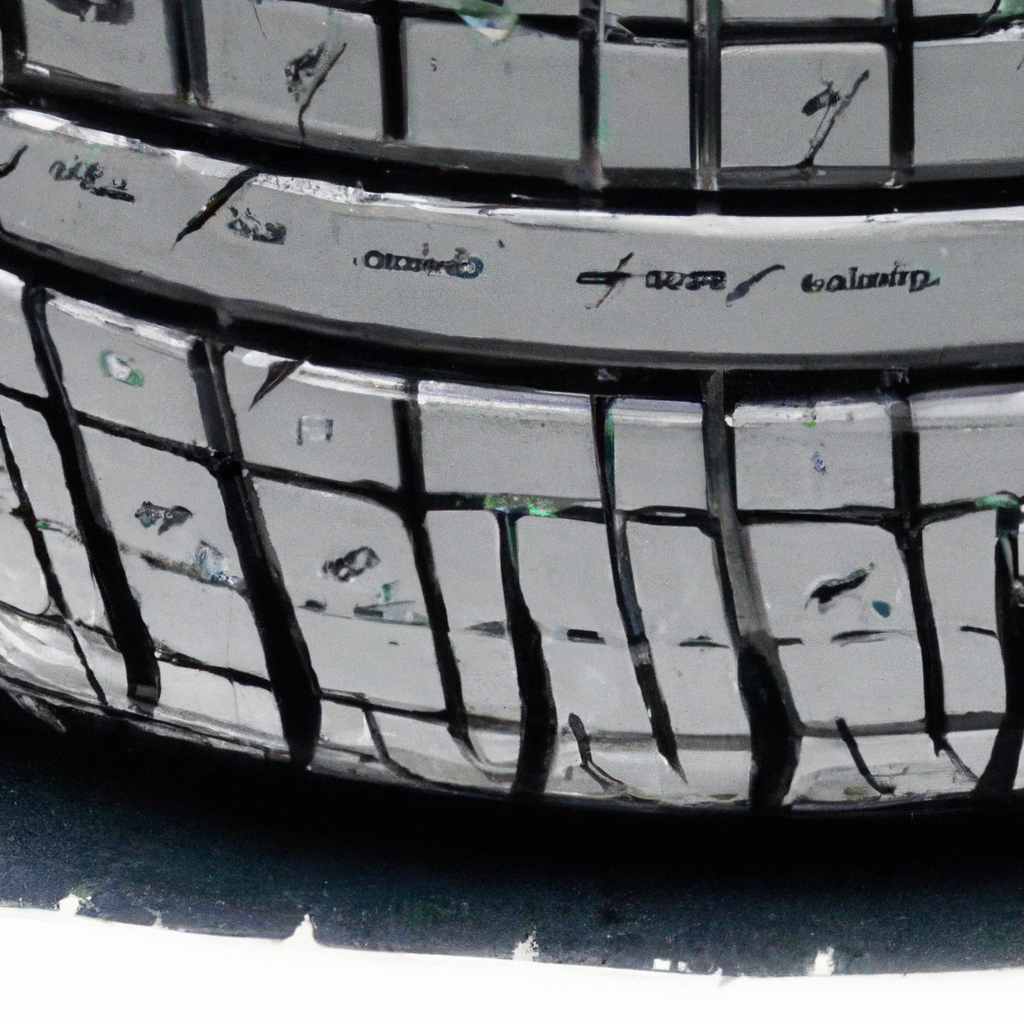Imagine driving down the road, cruising along with the wind in your hair and the open road ahead of you. Suddenly, you feel a slight wobble in the steering wheel and your heart skips a beat. You realize there’s a problem with your tires. But wait, you have run-flat tires installed. How will they impact the handling of your vehicle? In this article, we will explore the fascinating world of run-flat tires and delve into the ways they can affect the overall performance and handling of your vehicle. So sit back, relax, and let’s explore this intriguing topic together!

Reduced Grip
When it comes to vehicle handling, one of the main factors to consider is the grip between the tires and the road. With run-flat tires, you may experience reduced grip compared to regular tires. This is because run-flat tires have less contact with the road surface. Due to their reinforced sidewalls, run-flat tires have a stiffer construction, which means that the tire has a smaller footprint on the road. As a result, there is decreased traction, especially in wet or slippery conditions. This reduction in grip can have an impact on the overall handling and control of the vehicle.
Stiffer Ride
Another aspect of vehicle handling that can be affected by run-flat tires is the overall ride quality. Run-flat tires are designed with reinforced sidewalls to support the weight of the vehicle in the event of a puncture. While this design feature provides added safety, it also means that run-flat tires have less cushioning compared to regular tires. As a result, you may experience a stiffer ride with run-flat tires. The decreased cushioning can lead to increased vibration and a less comfortable driving experience.
Altered Steering Response
The steering response of a vehicle is another crucial element of handling. With run-flat tires, you may notice an alteration in steering response. Run-flat tires often have a different construction compared to regular tires, which can make the steering feel less predictable. The reduced feedback from the tires can make it harder to anticipate the vehicle’s response to steering inputs. Additionally, run-flat tires typically require increased steering effort due to their stiffer sidewalls. This change in steering response can affect the overall handling and maneuverability of the vehicle.
Tire Failure Effects
One of the main advantages of run-flat tires is their ability to be driven on even after a puncture or air loss. However, it’s important to consider the effects of tire failure on vehicle handling. In the event of a sudden tire failure, such as a blowout, the handling of the vehicle can be abruptly affected. The sudden loss of air pressure and altered balance can make it difficult to control the vehicle. This can pose a safety risk and potentially increase the likelihood of accidents or rollovers. Therefore, while run-flat tires provide the advantage of extended mobility, it’s essential to drive with caution in the event of tire failure.

Added Weight
Run-flat tires typically weigh more than regular tires due to their reinforced construction. This additional weight has an impact on the vehicle’s handling, particularly on the suspension system. The increased unsprung mass, which includes the weight of the tires, can negatively affect the performance of the suspension. The added weight can reduce the responsiveness of the suspension, resulting in a compromised handling experience. Moreover, the increased weight and altered suspension performance can also lead to reduced fuel efficiency, as the engine has to work harder to move the vehicle.
Limited Distance and Speed
Run-flat tires allow you to continue driving even after a puncture, but there are limitations to consider. While regular tires provide unlimited driving range, run-flat tires have a restricted distance they can be driven without compromising safety. The limited driving range varies depending on the specific type of run-flat tire and the manufacturer’s recommendations. Additionally, run-flat tires have a lower maximum speed compared to regular tires. This lower speed restriction is in place to prevent excessive heat buildup and further damage to the tire. Although run-flat tires offer convenience in terms of continued mobility, the limited distance and speed can be an inconvenience and a safety concern.

Damage to Wheel Rims
The design and properties of run-flat tires can increase the risk of damage to wheel rims. The reinforced sidewalls of run-flat tires are stiffer, which means they are less flexible compared to regular tires. In the event of hitting a pothole or a curb, the impact on the tire can be transferred directly to the wheel rim. This can result in increased risk of rim damage, which not only affects the aesthetics of the vehicle but can also have a negative impact on handling. Damaged wheel rims can cause vibrations and an imbalanced driving experience. Additionally, the repair and replacement costs for damaged wheel rims can be higher when dealing with run-flat tires.
Effect on Braking Performance
The braking performance of a vehicle is a critical aspect of safe handling. With run-flat tires, there can be some changes in braking performance compared to regular tires. One of the main effects is longer stopping distances. Due to the stiffer construction and altered grip, run-flat tires may require more time and distance to bring the vehicle to a stop. Additionally, the decreased cushioning of run-flat tires can result in decreased brake feel, making it harder to gauge the amount of pressure to apply to the brakes. This change in brake feel can affect the overall responsiveness and control during braking. Moreover, emergency stops may be compromised, as the reduced grip and altered tire characteristics can impact the ability to stop the vehicle quickly.

Difficulty Detecting Tire Pressure Loss
One of the challenges with run-flat tires is that it can be harder to detect tire pressure loss compared to regular tires. Regular tires have a more noticeable decrease in performance when the pressure is low, allowing you to identify the problem earlier. However, run-flat tires don’t exhibit the same immediate warning signs. The reinforced sidewalls and unique construction of run-flat tires provide some support even with low tire pressure. As a result, the warning signs of tire pressure loss may be delayed or less apparent. This delay in detection can increase the risk of blowouts and potential accidents on the road.
Specialized Run-flat Tire Design
To overcome some of the challenges associated with run-flat tires, manufacturers have developed specialized designs. These designs aim to minimize the negative impacts on vehicle handling while still providing the benefits of continued mobility in the event of a puncture. Reinforced sidewalls continue to be a key feature of run-flat tires, ensuring their ability to support the vehicle’s weight. Unique rubber compounds are also used in the manufacturing process to help maintain grip and traction, reducing the negative impact on vehicle handling. Additionally, advanced cooling systems are integrated into the design of run-flat tires to prevent excessive heat buildup, which can further compromise performance.
In summary, run-flat tires do impact vehicle handling in various ways. They can result in reduced grip, a stiffer ride, altered steering response, and potentially compromised braking performance. Tire failure effects, added weight, limited distance and speed, and difficulty detecting tire pressure loss are also factors to consider. However, advancements in specialized run-flat tire designs aim to minimize these negative impacts, providing a balance between extended mobility and safe handling on the road. As with any tire choice, it’s important to consider the specific needs of your vehicle and driving style when deciding whether run-flat tires are the right option for you.


